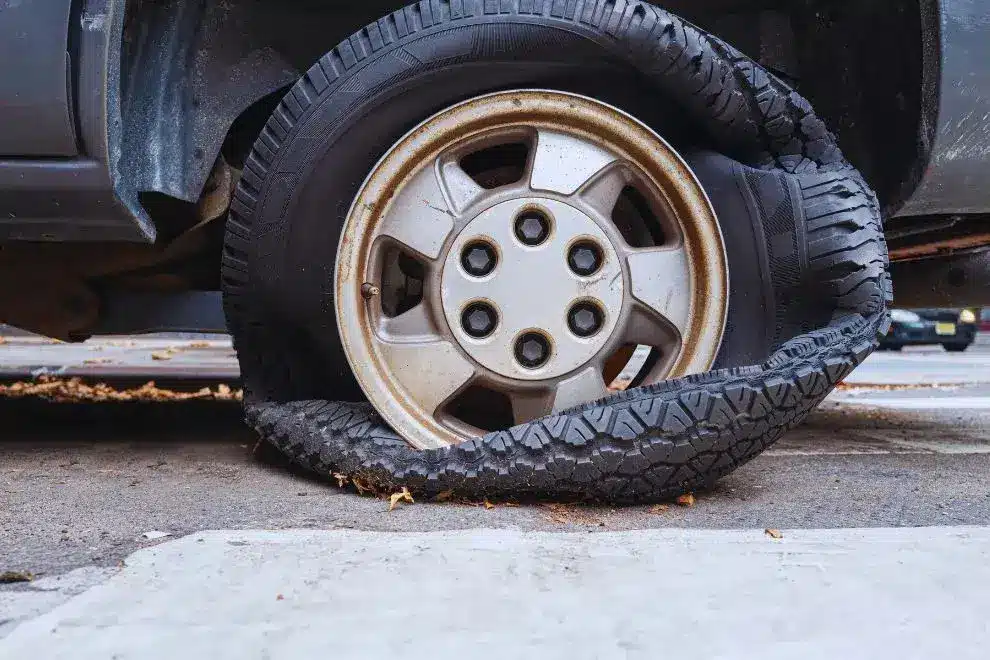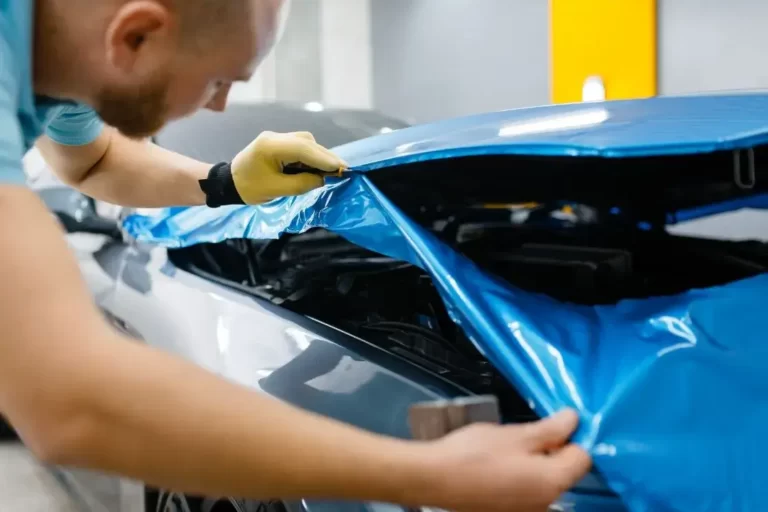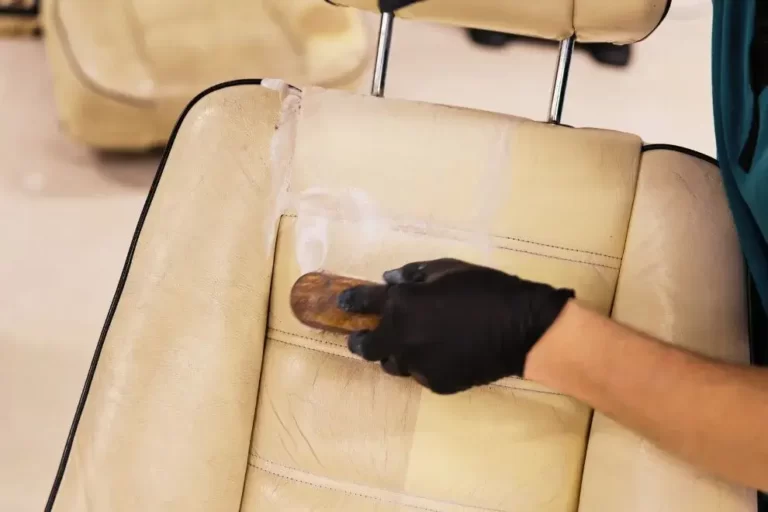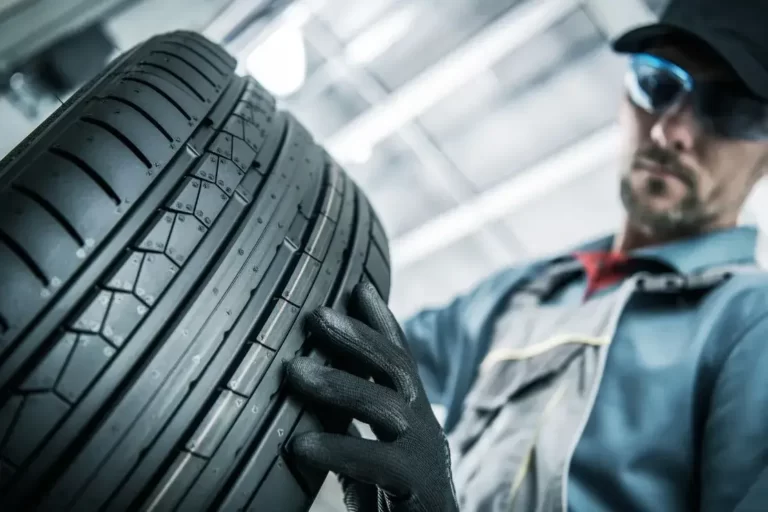How To Get Old Tires Off Rims
It’s important to know how to remove old tires from rims, whether you plan to reuse or dispose of them. If you have never taken your old tires off the rims. Then removing old tires from rims may seem difficult, but it’s doable with the right tools and techniques.
This article provides an overview of how to get old tires off rims to ensure both safety and efficiency.
We’ll talk about using a tire changer, removing a tire manually, and the tools and precautions to remember. From breaking the tire bead and removing the valve stem to dismounting the tire from the rim using a screwdriver or Sawzall.
After reading this post, you’ll know how to handle any tire and rim issue.
Preparing to Remove the Tire from the Rim
Before attempting to remove a tire from a rim, gathering the necessary tools and equipment is essential. To take off a tire properly, get a bead breaker, tire irons, a valve core remover, and a tire shop or garage floor to work on. If you plan to remove the tire by hand, ensure a reliable source of leverage, like a large pipe or crowbar.
Next, carefully assess the condition of the tire and rim. Check for any visible damage or wear on the tire and metal rim. This is crucial to ensure a safe and efficient removal process. Additionally, it’s a good idea to deflate the tire completely before attempting any removal. This will make it easier to break the bead of the tire and lift it off the rim.
Safety should always be a top priority when handling tires and rims. Wear protective gloves and eyewear to prevent injuries during the removal process. Be mindful of your surroundings, ensuring enough space to work and a stable surface to place the tire and rim on.
Now that you’re prepared, the next step is to decide on the removal method. In our next section, we will explain the advantages of using a tire-changing machine to remove tires quickly and efficiently. We will also teach how to remove a tire from a wheel manually, in case you don’t have access to specialized equipment.
Using a Tire Changing Machine for Efficient Removal
When removing a tire from a rim, using a tire-changing machine offers several advantages over manual methods. In this section, we’ll cover the benefits of using a tire-changing machine, outline the step-by-step process for efficient removal, and share some tips for safe and effective usage.
Benefits of Using a Tire Changing Machine
- Time-saving: Tire changing machines can significantly reduce the time which is required to remove a tire from a rim, making them an ideal choice for busy tire shops.
- Reduced physical strain: Removing a tire by hand can be labor-intensive and may cause injury. A tire-changing machine simplifies the process and minimizes physical strain.
- Greater precision: Tire changing machines offer a more controlled and precise way to remove tires, reducing the risk of damage to the tire or rim.
Step-by-Step Process for Removing a Tire from a Rim with a Machine
- Remove the valve core to deflate the tire completely.
- Position the tire onto the machine, ensuring the rim face is up.
- Secure the rim to the machine using the provided clamps.
- Utilize the bead breaker to break the bead on both sides of the tire.
- Insert the tire removal tool between the lip of the rim and the edge of the tire.
- Work on the rim, prying the tire loose from the rim.
- Lift the tire off the rim and repeat the process for the other side.
Tips for Effective and Safe Usage
- Always wear safety gear like gloves and eye protection when operating a tire-changing machine.
- Always keep the work area clean and debris-free to minimize potential hazards.
- Regularly inspect and maintain the machine to ensure optimal performance and safety.
- Follow the manufacturer’s guidelines for proper use, weight limits, and maintenance schedules.
- When removing old tires, dispose of them responsibly and prepare the rim.
Manual Tire Removal: How to Remove a Tire from a Rim by Hand
Removing a tire from a rim manually can be a more cost-effective alternative to using tire removal machines, especially for occasional tire changes. This section will cover the required tools and materials for manual tire removal, provide detailed instructions for safely removing a tire by hand, and address common issues that may arise during the process.
Required Tools and Materials for Manual Tire Removal
- Tire bead breaker
- Valve core removal tool
- A small screwdriver or metal pick
- Jack and Jack stands
- Protective gloves and eyewear
- An angle grinder, sawzall, or die grinder (optional)
Step-by-Step Guide to Removing a Tire by Hand
- Deflate the tire: Remove the valve core using a valve core removal tool and twist it counterclockwise. This allows the air to escape from the tire quickly.
- Position the tire: Place the tire on a flat surface with the front of the rim facing upward, ensuring the rim is firmly against the ground.
- Break the bead: Use a tire bead breaker to loosen the bead on both sides of the tire, working your way around the rim. Ensure the tool is right next to the rim to avoid scratches.
- Lift the rim: Use a jack to raise the front end of the rim, positioning the tire underneath the jack stand for support.
- Pry the bead over the rim: With the front of the rim facing you, insert a small screwdriver or metal pick between the rubber and the rim flange. Carefully work your way around the rim, prying the tire’s bead over the rim edge, avoiding scratching the rims.
- Remove the tire from the rim: Once one side of the tire is loose, lift the rim and push the rubber over the rim to separate the tire from the rim.
Troubleshooting Common Issues during Manual Removal
- If you have difficulty with the bead, use an angle grinder, sawzall, or die grinder to cut the bead wires and ease the process.
- If you have trouble removing the tire using traditional methods, cut the tire into smaller sections with a cutoff wheel for easier removal.
Remember that while manual tire removal can be a fast and easy way to remove old tires, it’s crucial to prioritize safety and avoid damaging the rim.
Disposing of Old Tires and Preparing Rims for Scrap
Proper disposal methods for old tires and rims are essential to minimize the environmental impact and ensure they can be safely reused or recycled. This section will discuss the steps to dispose of old tires, clean and prep rims for scrap, and highlight the importance of responsible tire and rim disposal.
Proper Disposal Methods for Old Tires
It’s crucial to dispose of old tires in an environmentally friendly manner. Many recycling centres and automotive shops accept used tires for a small fee. When disposing of old tires, consider the following:
- Contact your local recycling center to inquire about tire disposal options
- Reach out to automotive shops, as they may accept old tires for recycling
- Consider repurposing old tires for DIY projects or donating them to organizations that reuse them
Cleaning and Prepping Rims for Scrap or Reuse
Before sending a rim for scrap or reuse, cleaning and preparing it properly is essential. Follow these steps to ensure your rims are ready for their next destination:
- Remove the valve core using a valve core removal tool and deflate the tire completely
- Use a tire bead breaker to separate the tire from the rim, working your way around the rim
- With the tire loose from the rim, lift the rim and place the tire underneath the jack to hold it in place
- Cut the bead wires on both sides of the tire using a Sawzall or die grinder, being careful to avoid scratching the rims
- Clean the rim thoroughly, removing any dirt, grease, or debris
Environmental Impact of Responsible Tire and Rim Disposal
Responsible disposal of old tires and rims helps reduce landfill waste, minimize pollution, and promote resource conservation. Recycling tires and rims can recover valuable materials, and harmful substances can be prevented from entering the environment.
Always opt for environmentally responsible ways to dispose of old tires and rims to ensure a healthier planet for future generations.
Conclusion: Choosing the Best Way to Remove Old Tires from Rims
In conclusion, choosing the best way to remove old tires from rims depends on your preferences, available resources, and safety considerations. When weighing the pros and cons of manual versus machine tire removal, consider factors like efficiency, cost, and the potential for scratches on the rim. Regardless of your chosen method, prioritize safety by using a tire bead breaker or valve core removal tool and following proper techniques.
Numerous resources are available to help you in this endeavor, including step-by-step guides, video tutorials, and expert advice. Whether you opt for a manual tire machine, angle grinder, or a more advanced tire removal machine, take the time to familiarize yourself with the process and the tools involved.
Ultimately, the safest and most efficient way to remove tires from rims will vary depending on your situation. By staying informed and diligent, you can successfully remove old tires and prepare your rims for scrap or future use.
Frequently Asked Questions







